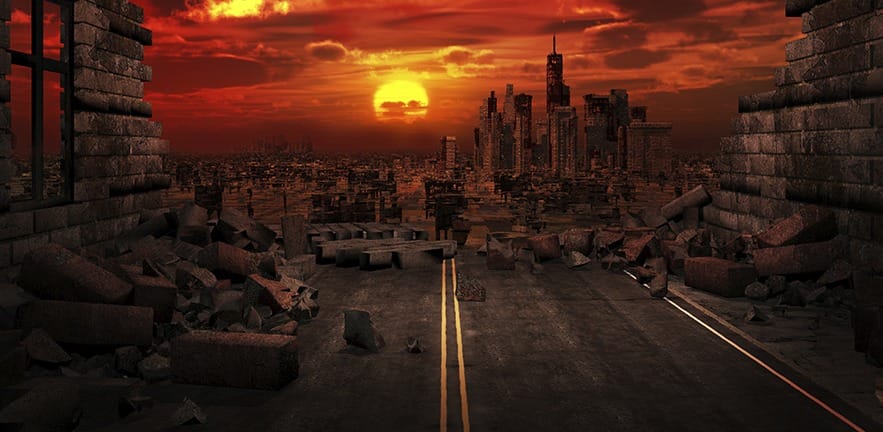New model by Cambridge Centre for Risk Studies for Lloyd’s says world cities face expected losses of $4.6 trillion in economic output over the next decade as a result of catastrophes.


New techniques developed by the Cambridge Centre for Risk Studies at the University of Cambridge Judge Business School provide the data and risk analysis for the Lloyd’s City Risk Index 2015-2025, launched worldwide today.
Using a new metric, ‘GDP@Risk’, the Centre’s ‘Catastronomics’ techniques reveal that major threats to the world’s most important cities could reduce economic output by some $4.56 trillion or 1.2 per cent of the total GDP forecast to be generated by these cities in the next decade.
Professor Daniel Ralph, Academic Director of Cambridge Centre for Risk Studies, said:
GDP@Risk makes it possible to combine and compare a very wide range of threats, including those that are disruptive and costly, such as market collapse, in addition to destructive and deadly natural catastrophes, and measure their impact on economic output. This 1.2 per cent is the estimated ‘catastrophe burden’ on the world’s economy – without this, the growth of global GDP, currently running at around three per cent a year, would be significantly higher.
Lloyd’s City Risk Index encompasses 301 of the world’s leading cities, selected by economic, business and political importance. These cities are responsible for over half of global GDP today, and an estimated two-thirds of the world’s economic output by 2025.
The analysis by the Centre considers 18 different threats from manmade events, such as market crashes and technological catastrophes, to natural disasters to these urban centres. It examines the likelihood and severity of disruption of the output from the city as an economic engine, rather than metrics of physical destruction or repair cost loss – which is the traditional focus of conventional catastrophe models.
The Centre’s analysis reflects the typologies of different economic activities in each city. The GDP growth history, demographics and other data are used to derive GDP projections out to 2025 for each city. GDP@Risk is a long run average: the economic loss caused by “all” catastrophes that might occur in an average decade, baselined against economic performance between 2015 and 2025.
Professor Ralph added: “A framework to quantify the average damage caused by a Pandora’s box of all ills – a ‘universal’ set of catastrophes – can be used to calibrate the value of investing in resilience. This is what the GDP@Risk metric for 300 World Cities attempts to provide. We believe that it is possible to estimate the cost to a business, city, region or the global economy, from all catastrophic shocks. Such holistic approaches are an antidote to risk management that reacts to threats taken from yesterday’s news headlines. Our simple methodology suggests that between 10 per cent and 25 per cent of GDP@Risk could be recovered, in principle, by improving resilience of all cities.”

